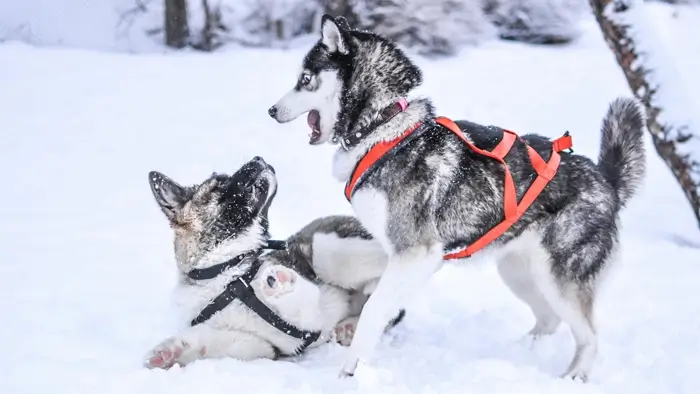3 Signs That Your Dog Is Getting Older

For those people who own dogs, dogs are not just pets but cherished family members in our lives. They spend their lives by our side, bringing us endless love and joy. However, time is not forgiving, and our furry companions gradually age. Recognizing the signs of aging helps us better accompany them through their golden years. Here are common changes seen in older dogs: Here are common changes seen in older dogs:
I. Physical Changes
Decreased Activity
Young dogs burst with energy, leaping and exploring the world with curiosity. They seem to have no time to rest. As they age, obstacles once cleared effortlessly may now be cautiously avoided. During strolls, Small jumps become cautious steps, and walks turn shorter. You might notice them panting heavily or limping due to stiff joints and weaker muscles.
Weaker Senses
Older dogs often develop cloudy eyes (cataracts), making them clumsy or slow to react. Their hearing fades—calls once met with excitement now need a gentle touch or louder voice. Even their sharp sense of smell dulls, turning treat-hunting into a slower task.
II. Visible Changes
Coat Changes
A once glossy, silky coat grows coarse and dry, often thinning or shedding excessively. Gray hairs appear around the muzzle, eyes, and nose, much like human graying hair.
Dental Problems
Senior dogs commonly face dental challenges: worn or loose teeth, inflamed gums, and persistent bad breath. Aging reduces saliva production, allowing bacteria to thrive and escalate oral diseases.
III. Behavioral Shifts
Need more Sleep
Older dogs take longer naps, often curled up in a quiet area. The extra rest helps them cope with pain and tiredness.
Personality Changes
Some dogs calm down compared to the past, while others grow clingy or anxious. Pain or confusion might make them irritable or sensitive to noise.
Caring for Aging Dogs
At the end of a dog’s life, our role shifts to guardianship. We can schedule regular veterinary exams to check for health issues early, provide nutritious, easily digestible meals tailored to their needs, create a warm, soft resting place for restorative sleep, and most importantly, provide patient and unwavering companionship—their lifetime of loyalty is worth it. Let us be there for them every step of their twilight years, just as they are with us.
